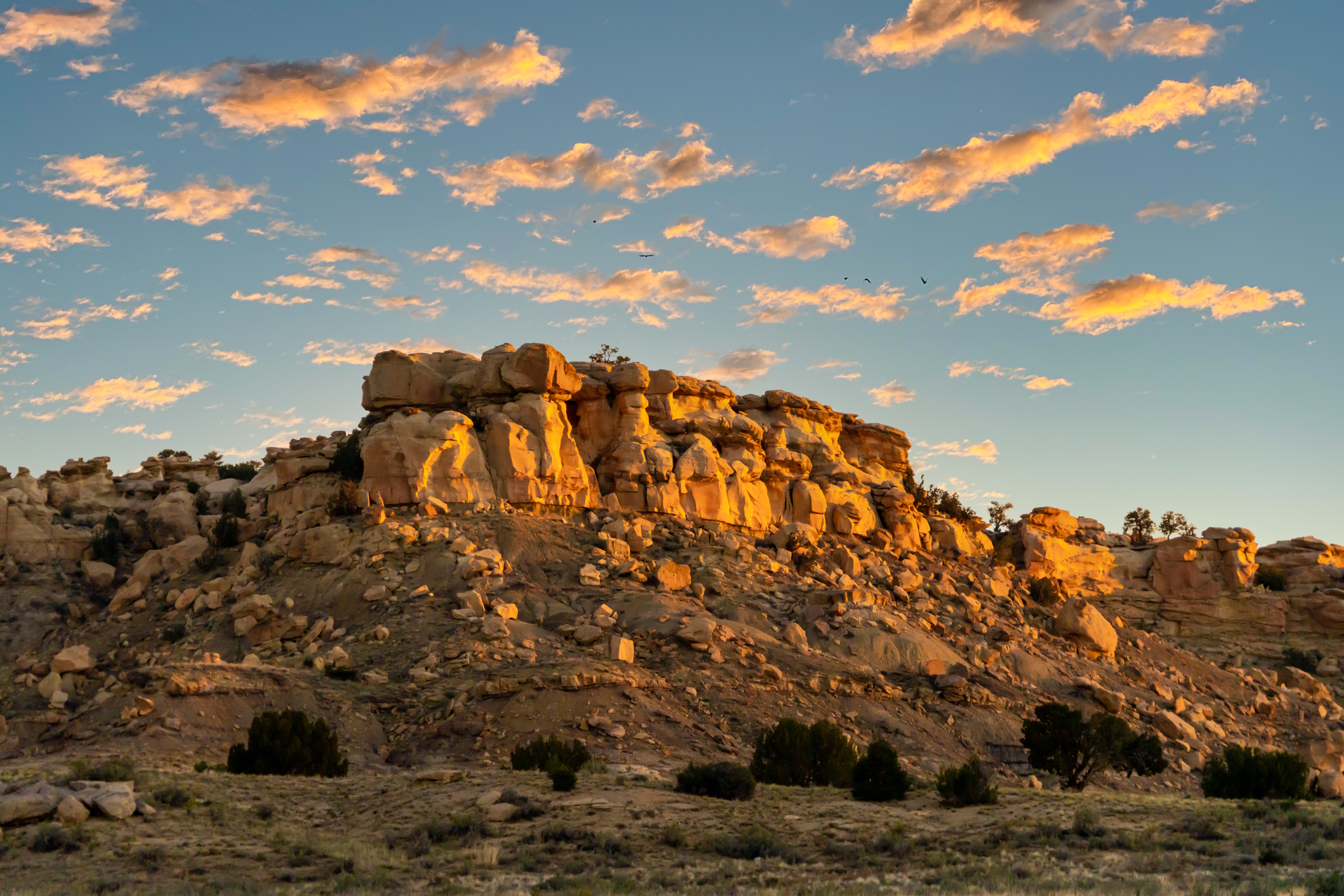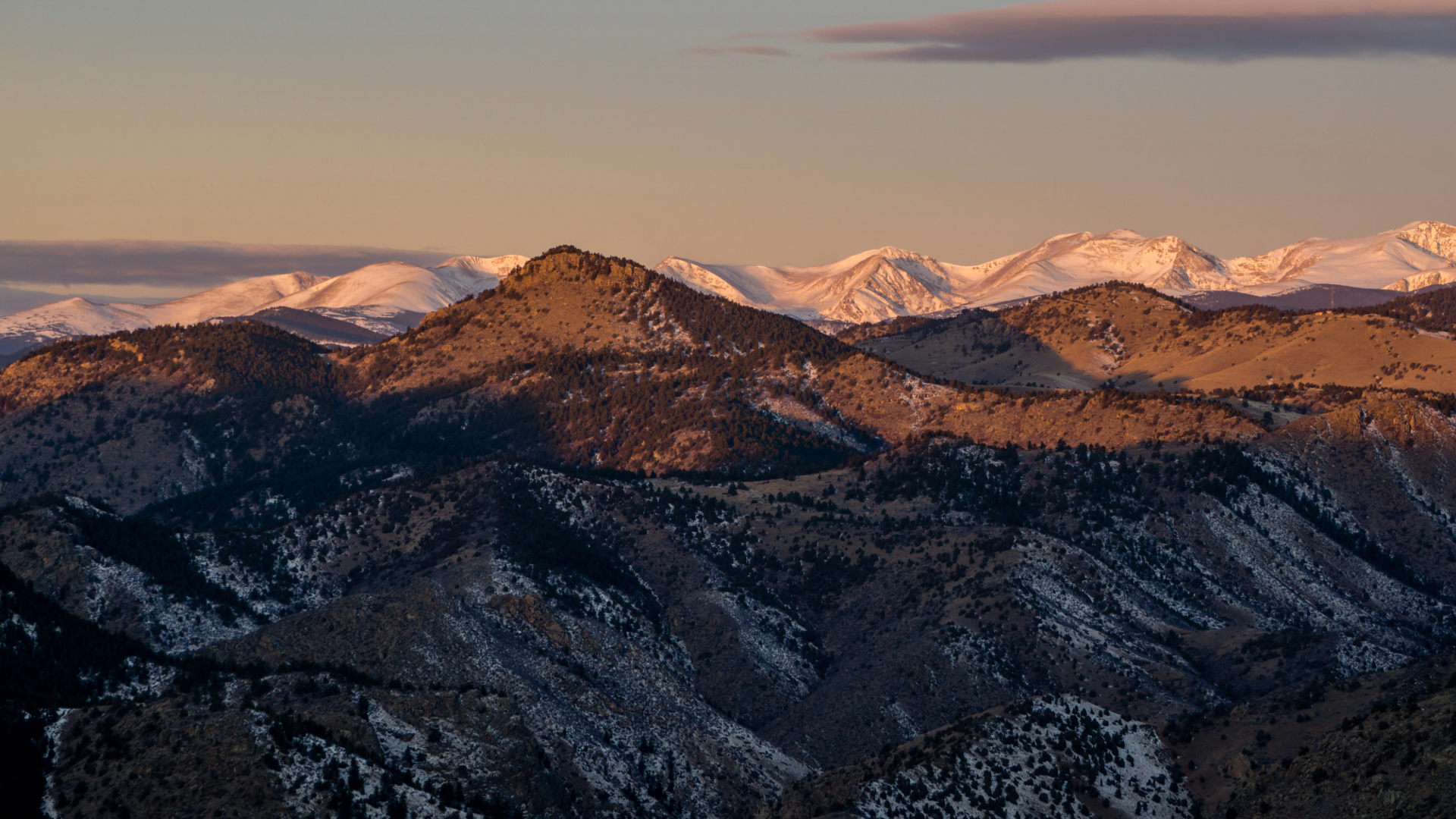July 14, 2025
The water systems of New Mexico were an early part Anjali Bean’s life. She grew up amidst the interspersing urban development and green farmland of Albuquerque’s South Valley, nestled along the Rio Grande River and the Valle de Oro National Wildlife Refuge. The irrigation infrastructure and earthen ditches that crisscross the South Valley provided the playgrounds of her childhood where she biked, ran, and fished for crawdads.
The Manzano-Sandia Mountains hold a special place in Anjali’s heart — growing up with a family cabin near the Manzano Wilderness and spending numerous days with her family camping and hiking along the Rio Grande Rift.
While this range may not be as well-known as the mountains of Taos or Santa Fe, Anjali divulges, they are a formative part of Albuquerque kids’ experiences in nature.
When college came, Anjali was eager to trade New Mexico’s deserts for the green lawns of Washington D.C., to attend American University.
In fact, Anjali admits, if you had told her at that time that she would end up back in New Mexico, she may have laughed at you.
Anjali studied international relations and environmental studies that led to a long stint in the world of international development. Anjali recounts that she was always interested in the connection between people and their environment.
“While studying abroad, I came to the realization that, at times, focusing on climate change can be a privilege — while many others are struggling to secure housing or to access clean water and basic sanitation,” recounts Anjali. “While climate action is critical, it’s also important to see how it connects to broader social and economic issues impacting communities.”
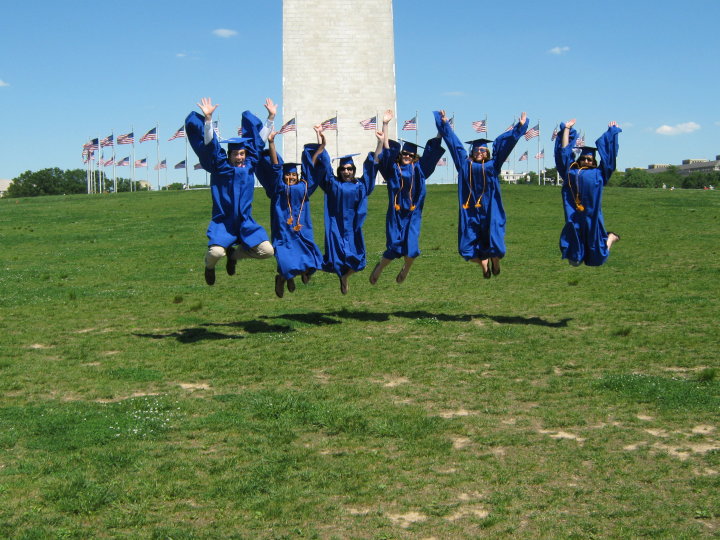
When it comes to advocacy, Anjali has always worked at the policy level — with a passion for creating large-scale, institutional frameworks that can make a bigger impact and address worldwide challenges. “I was really drawn to the type of high-level advocacy work that can change structures and institutions,” Anjali expressed.
But after a decade in D.C., Anjali found herself missing the outdoor access that she grew up with in the West.
While places like D.C. have parks and natural green spaces, there was something different about the ability to quickly access trails and public lands in states like New Mexico.

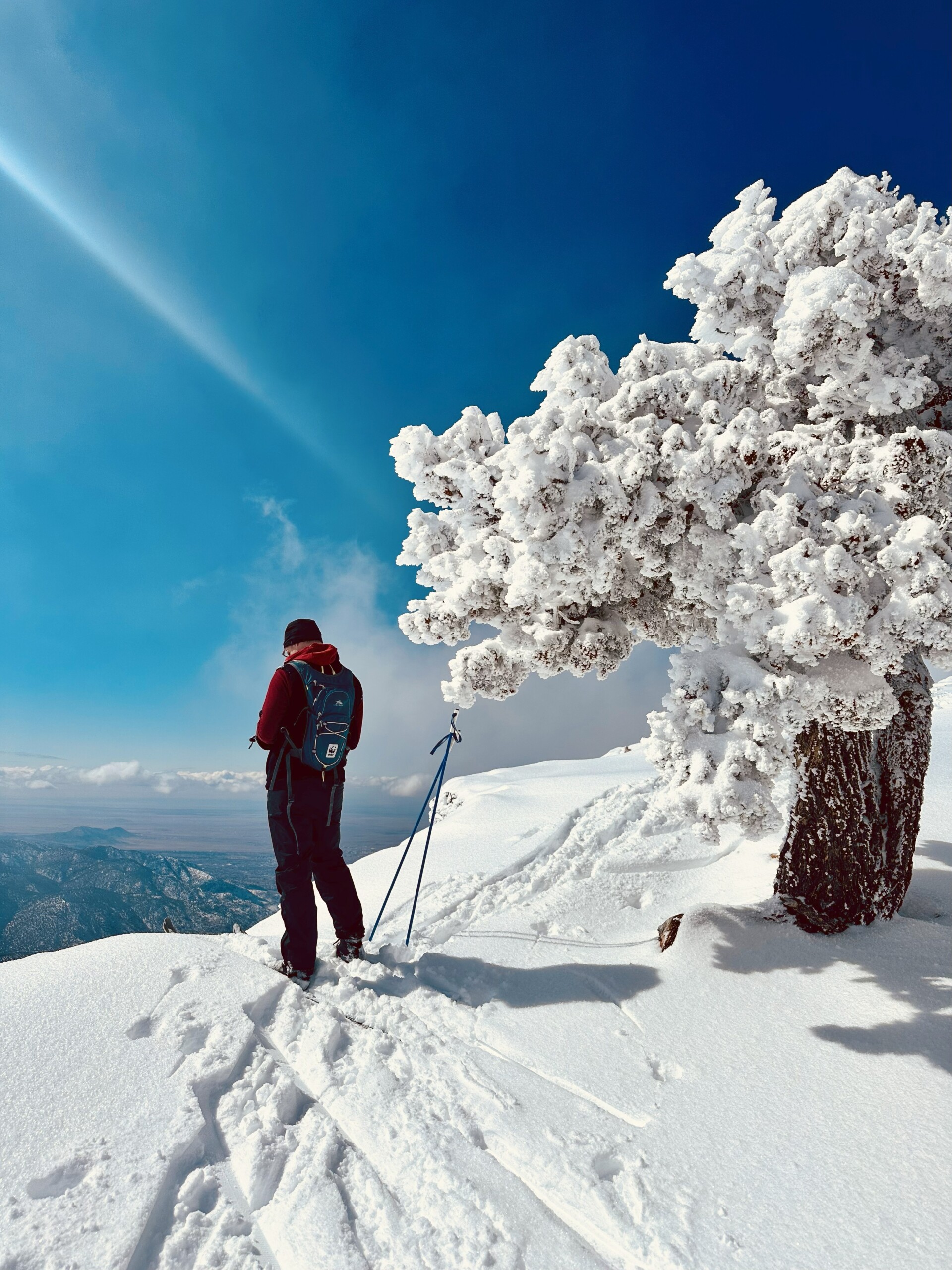
So as improbably as it might have seemed to her teenage self, Anjali returned home to the University of New Mexico for a master’s program in water resources.
“I wasn’t expecting to return to New Mexico but after connecting with the program director on our shared interests in social capital, human decision making, and their impacts on water management, I decided it was a great fit,” Anjali said.
Although her earlier work focused on urbanization in the developing world, including things like water infrastructure and sanitation work, Anjali wanted to make the transition to more local water resources issues. After graduating from the program, she went to work for Santa Fe County managing the county’s tribal water rights settlements and obligations, eventually working with the utility on countywide water planning and municipal water management.
Anjali was always drawn to our pragmatic approach to environmental advocacy and policy after learning about WRA in grad school. “I am often frustrated by organizations that prioritize the perfect in place of the good,” Anjali added. “I believe WRA does a great job at reaching sometimes imperfect solutions that can create real results and work with a diverse group of people to do so.”
While the historical divide in the water world has been a fight over water for fish or water for farms, Anjali sees that changing in New Mexico.
“If we don’t make meaningful changes in how we manage our water resources, there’s not going to be enough water for anyone.” To her, there is a path forward in finding solutions that work for a variety of stakeholders and have multiple benefits and appreciates that WRA takes a similar approach to coalition work.
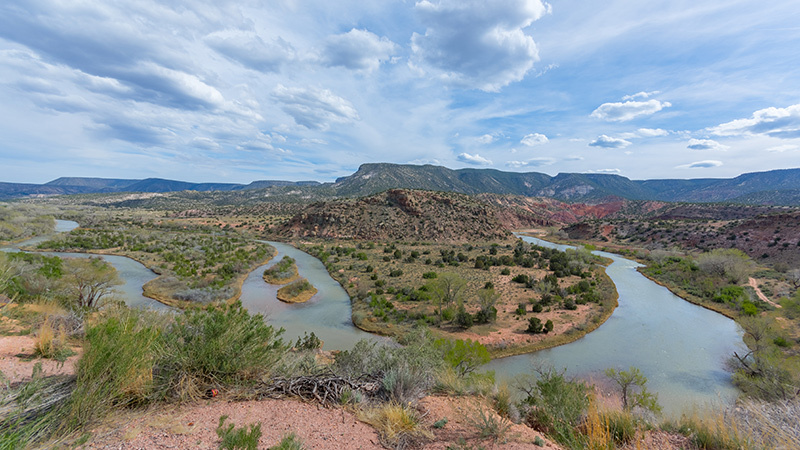
The future of water in New Mexico can seem pretty dire. The 2022 “Leap Ahead” analysis released by the state — one of the most comprehensive water research efforts done by New Mexico — showed that it expects to see 25% less stream flows in the next 50 years. And in dry years that is already a reality. The year 2025 is shaping up to be one of the worst water years in state history. New Mexico is predicting that the Middle Rio Grande could see as little as 25% of median flows this year, which will affect communities, farms, and ecosystems.
On the bright side? The stakes of the situation may break up a decades-long stalemate and bring both sides of the ideological water debate to the table. “It’s on the front of everyone’s minds that we really have to figure out how to make every single drop of water serve as many benefits as we possibly can,” Anjali said.
As the saying goes — you can’t get water down a dry river.
Without healthy stream flows in the river, it will be challenging to even get agriculture water to farms. The Rio Grande in Albuquerque dried for the first time in 40 years in 2022 and will likely dry again this summer. It’s this reality on the ground that’s breaking through the logjam.
People are realizing that a wet river isn’t just for the fish — it’s for our entire community and economy. It’s how we exist in New Mexico.

This year, Anjali played a key role in addressing the water crisis in New Mexico by helping pass Senate Bill 37, adding critical updates to the state’s Strategic Water Reserve. The Reserve allows New Mexico to incentivize water conservation, prevent water shortages that harm communities, protect wildlife that depend on rivers, and avoid costly and time-consuming litigation because water can’t wait.
“When we leave water in rivers, it benefits both the environment and outdoor recreation activities like fishing, boating, and swimming,” Anjali said. “By allowing the Interstate Stream Commission to consider benefits like recreation and cultural uses, we can ensure our communities get the most out of every drop of water we keep in our rivers.”
It’s successes like these — where diverse stakeholders at the state level come together to make real change — that give Anjali hope for the work she does.
Working in a small population state, Anjali can directly support legislators and decision makers who don’t have large staff but are searching for solutions. “If you have a good, viable solution, there are real pathways in New Mexico to get the work done,” Anjali asserted.
This ultimately encourages Anjali to continue her work. Because she’s seen in practice that, in New Mexico, a small group of dedicated people who put the time and effort into coalescing around a good idea can make a big impact — like protecting New Mexico’s waterways for generations to come.
Other stories in the series
Topophilia: A Journey Back to the Waterways of New Mexico
In her home state of New Mexico, Anjali Bean is helping break up a decades-long stalemate and bringing both sides of the water debate to the table to figure out ...
Topophilia: Turning a Deep Love for Nevada into a Clean Energy Future
Emily Walsh has been deeply embedded in the Sierra Nevada since she was a child. Today, she works to shift the energy landscape of Nevada and to protect her home ...
Introducing “Topophilia — Journeys to Advocacy Through our Love for the West”
In this series, we’re exploring the human elements of our work flighting climate change in the West. You’ll hear from staff members across the organization about how their experiences across ...
